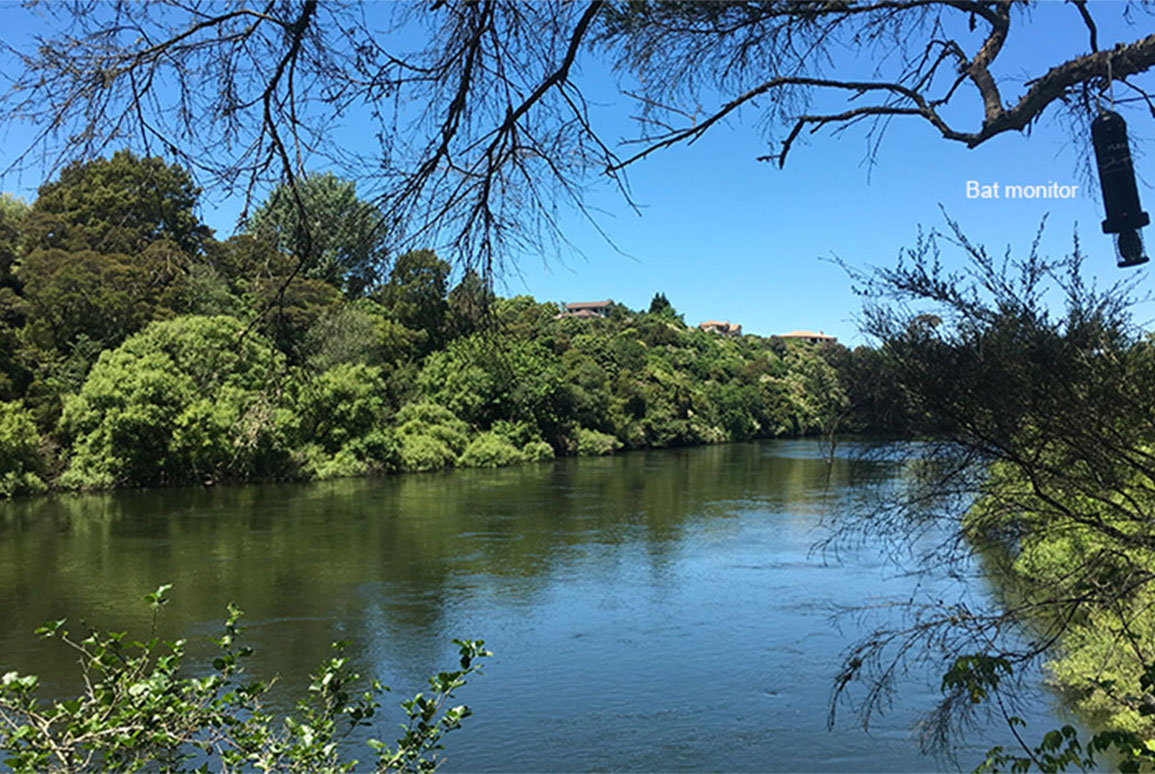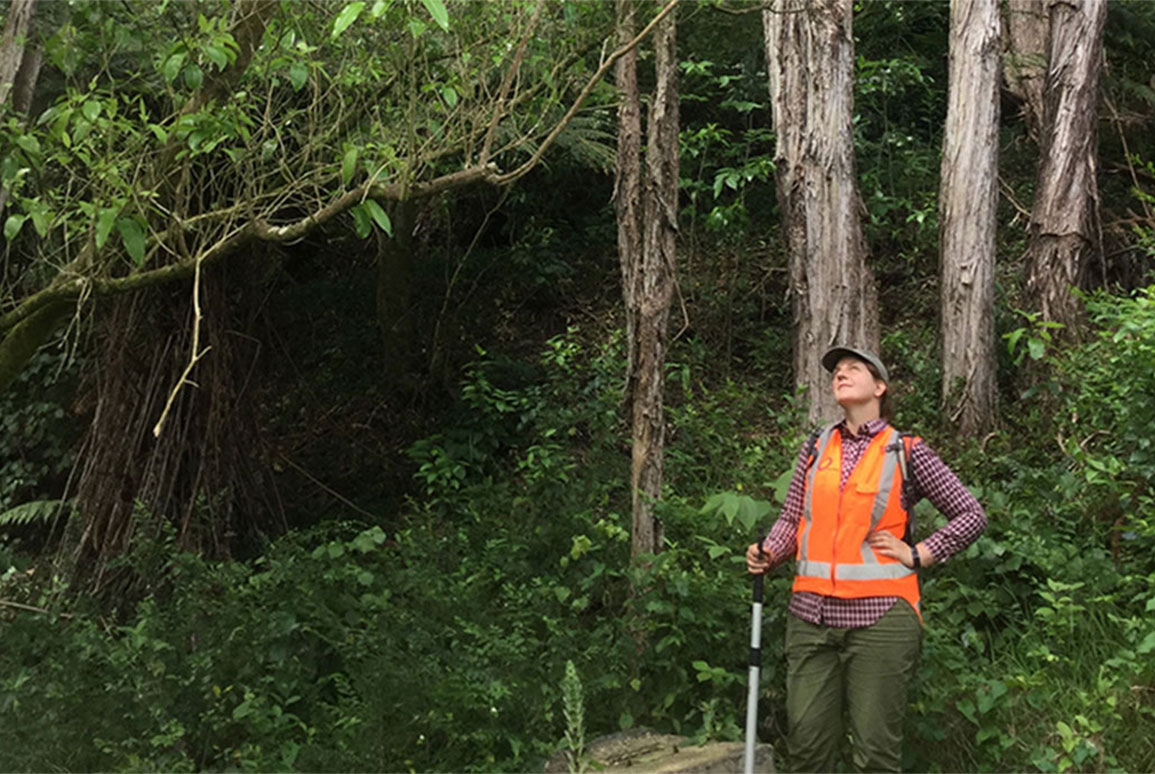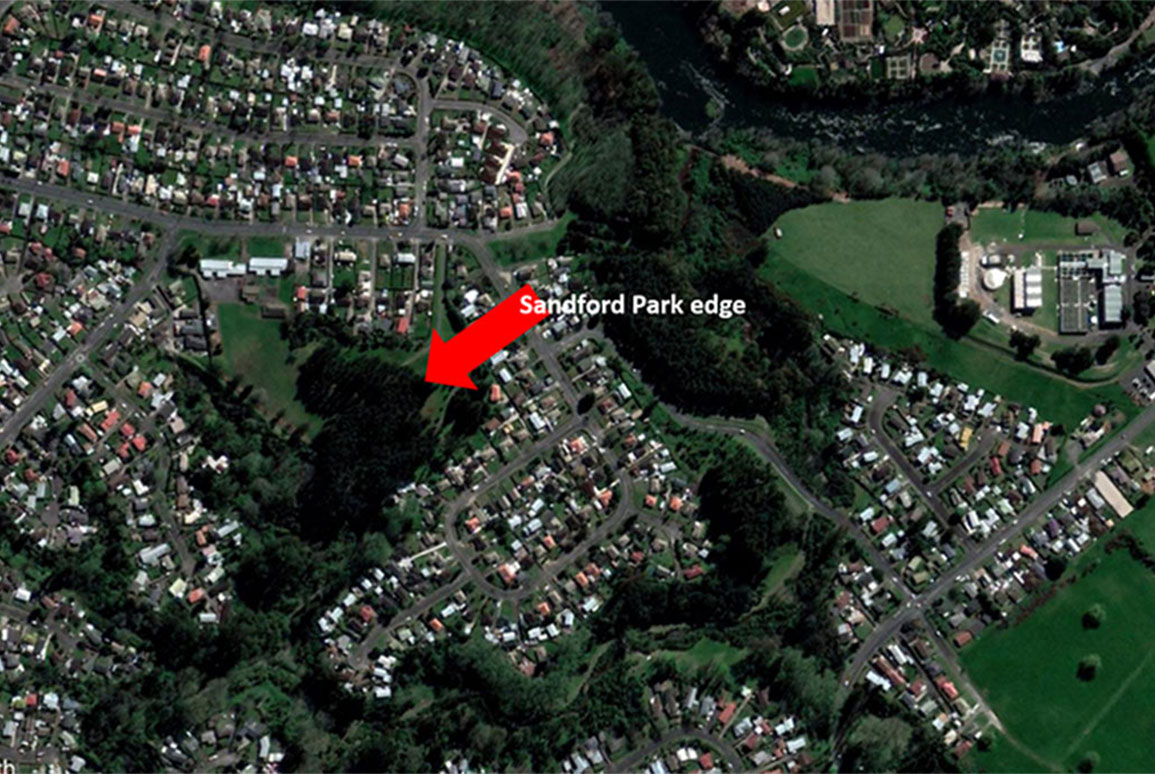Threatened Native Bats in the Waikato
23 April 2020
We recommend that developers seek advice from an ecologist with specialisation in bats right from the start of a project (or rather ‘off the bat’), prior to the design phase of the new development.

A unique feature of the long-tailed bat is that they live in and around some of our cities like Hamilton and Rotorua.
This is because long-tailed bats are edge specialists and use more diverse habitat types for roosting and feeding. These include exotic trees as well as native forest habitat, riparian zones, forest edge habitat as well as shelterbelts and other linear vegetation features, bush remnants, gullies, groups of tall stature trees, water bodies such as ponds and rivers/streams, and even caves. All these habitat types can be observed in the Waikato Region, often on agricultural land and on the fringes of our urban areas.
While bats occur widely throughout Hamilton, hotspots for bat activity are Sandford Park, Hammond Bush and the southern reaches of the Waikato River. Bats can be impacted by new developments through a range of effects including; loss of roost trees and possibly direct mortality of bats when trees occupied by bats are felled; habitat fragmentation through loss or degradation of commuting and/or foraging habitat; and artificial light that can result in bats avoiding illuminated areas.

These effects may lead to a decrease in bat activity, a change in how bats utilise the project site or the complete disappearance of bats from the area.
Due to the wide range of habitats used by long-tailed bats in the Waikato Region, their presence within an area proposed for development is quite likely. To ensure sustainable development outcomes, it is important to know the likelihood of the presence of bats or their habitat as early as possible in a project. This knowledge means that strategies can be incorporated into development to minimise or avoid the impacts of development on long-tailed bats.
We recommend that developers seek advice from an ecologist with specialisation in bats right from the start of a project (or rather ‘off the bat’), prior to the design phase of the new development. There are various bat detection tools available, and the ecologist will determine which is the most appropriate to use for a specific project.
Most commonly, acoustic bat surveys are conducted by deploying remote operating automatic monitors on the project site. The season for this acoustic monitoring ranges from November to April. Outside this season, bat activity is reduced due to the colder weather conditions and acoustic monitoring will not provide clear evidence whether bats may be present on a project site.

If bats are detected, various design approaches are available as surveys had been conducted at the early stage of the project. These may include adaptation of any initial design to protect commuting corridors, foraging habitat and potential roost features, thereby avoiding or minimising the removal of key habitat features. Unlike other native indigenous fauna such as lizards and fish, it is not possible to catch and relocate bats, therefore avoidance is the most sustainable approach.
In the Hamilton office, our Ecology team has substantial experience in providing ecology advice on long-tailed bats, including in the Waikato, and our Landscape Architect team has the expertise to integrate your project designs and aspirations into sustainable outcomes that protect and enhance the unique fauna of the Waikato. Our ecologists are certified by DOC to carry out all aspects of bat ecology work inclusive of conducting acoustic bat surveys, identifying long-tailed bat roosts, and handling bats.
For further information please contact Tine Ulrich, Andrew Blayney or Dr. Hazel Burridge


